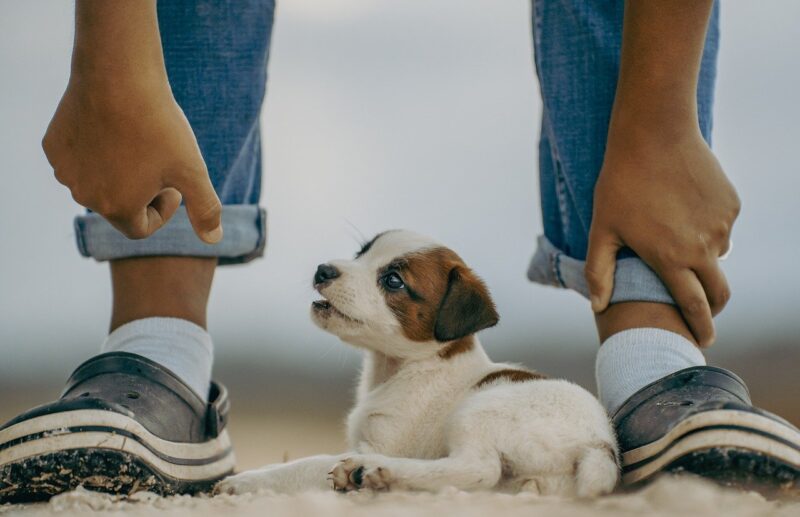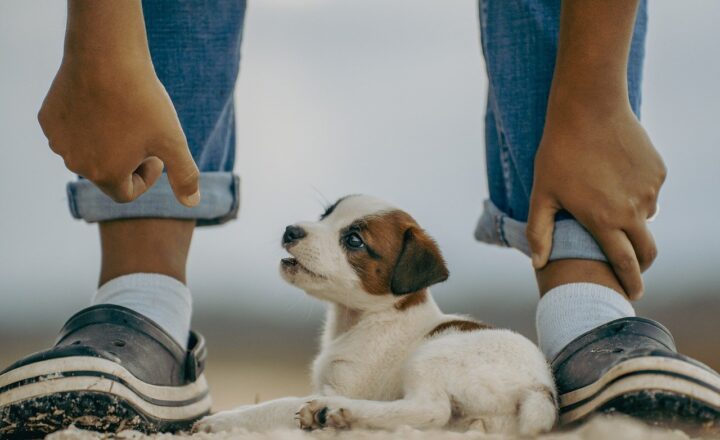The Secret Lives of Pets: Understanding the Behaviors of Our Furry Friends
November 17, 2024

As pet owners, we often find ourselves wondering what our furry companions are actually thinking. Whether it’s a playful dog wagging its tail or a mysterious cat observing from afar, the behaviors of pets can be puzzling but fascinating. This article delves deep into the secret lives of pets, providing insights into their behaviors and what they mean, helping you have a better understanding of these beloved members of our families.
1. Dogs: The Loyal Companions
Dogs, often hailed as man’s best friend, have an intricate world of behaviors that reflect their loyalty, intelligence, and deep-rooted social instincts. Understanding these behaviors can enhance your bond with your furry friend.
1.1. Greeting Behavior
When you come home after a long day, your dog’s excited barking and wagging tail are more than just a greeting. This behavior stems from their pack mentality. Dogs are inherently social animals, and their loyalty to their human companions allows them to express excitement through physical gestures. It’s their way of saying, “I missed you!”
1.2. Tail Position and Movement
A dog’s tail can convey a wide range of emotions. A wagging tail usually symbolizes happiness, but other positions tell a different story:
- High and Wagging: Excitement and happiness.
- Low and Wagging: Submissiveness or anxiety.
- Stiff and Raised: Alertness or aggression.
Understanding tail language can help you better interpret your dog’s feelings and reactions in various situations.
1.3. Fetch: More than Just a Game
Playing fetch is an instinctual behavior that mimics hunting and retrieving for dogs. The act of chasing and fetching back an object taps into their natural drives, providing mental stimulation and physical exercise. This behavior strengthens the bond between dog and owner, creating shared joy.
2. Cats: The Independent Hunters
Cats are often seen as mysterious creatures with their aloof demeanor and unique behaviors. Understanding these actions gives us insight into their independent nature and rich emotional lives.
2.1. Purring and Kneading
The sound of a cat’s purr is often associated with contentment. Interestingly, cats also purr when in pain or distress—it’s a self-soothing mechanism. Kneading, or “making biscuits,” is a behavior that originates from kittenhood, where they knead their mother’s belly to stimulate milk flow. When adult cats knead their owners, it may signify affection and comfort.
2.2. Slow Blinking
If your cat gazes at you and then slowly closes its eyes, it’s a sign of trust and affection. This slow blink can be considered the “cat kiss.” In the feline world, looking away or closing one’s eyes signifies safety, making this gesture a compliment to their human companions.
2.3. Nighttime Activities
Cats are crepuscular creatures, which means they are most active during dawn and dusk. This behavior stems from their hunting instincts, as many of their natural prey are also active during these times. Understanding this can help manage your cat’s energy levels better, possibly by engaging them in play sessions in the evening.
3. The Importance of Socialization
Socialization plays a crucial role in shaping the behavior of both dogs and cats. Pets that have regular exposure to different environments, people, and other animals tend to be more adaptable and confident.
3.1. Dog Socialization: Key to a Well-Behaved Pet
Introducing your dog to diverse settings and friendly dogs at a young age helps reduce fear and promotes good behavior. A well-socialized dog is generally more comfortable in various situations, reducing anxiety and aggression later in life.
3.2. Cat Socialization: Mysterious, Yet Affectionate
While cats are often seen as solitary creatures, socialization is equally important for them. Fostering positive interactions with humans and other pets can lead to a more interactive and affectionate cat. Gradually introducing your cat to new experiences—like different pet carriers, new furniture, or even other pets—can foster a sense of security and reduce fear-driven behaviors.
4. Understanding Behavior Through Environment
The environment plays a significant role in your pet’s behavior. A pet’s surroundings can influence their mental state and habits:
4.1. Enrichment for Dogs
Dogs thrive in environments that offer a variety of scents, textures, and sounds. Providing toys that stimulate both their mind and body can prevent boredom-related behaviors like excessive barking or chewing.
4.2. Cat Trees and Hiding Spaces
Cats need vertical space to climb and observe their domain, which satisfies their innate hunting instincts. Providing cat trees and hiding spots creates a comfortable environment and can reduce destructive behaviors born from boredom or lack of stimulation.
5. Conclusion: Building a Stronger Bond
Understanding the secret lives of our pets enriches our relationship with them. By interpreting their behaviors correctly, we can not only cater to their needs but also enhance our emotional connection. Each tail wag, purr, and playful leap tells a story—our pets communicate with us in ways we might not immediately understand.
By observing and engaging with our pets, we can provide a nurturing environment that allows their true personalities to shine. The more we decode their unique behaviors, the closer we grow as companions in this beautiful journey of life shared with our furry friends.





